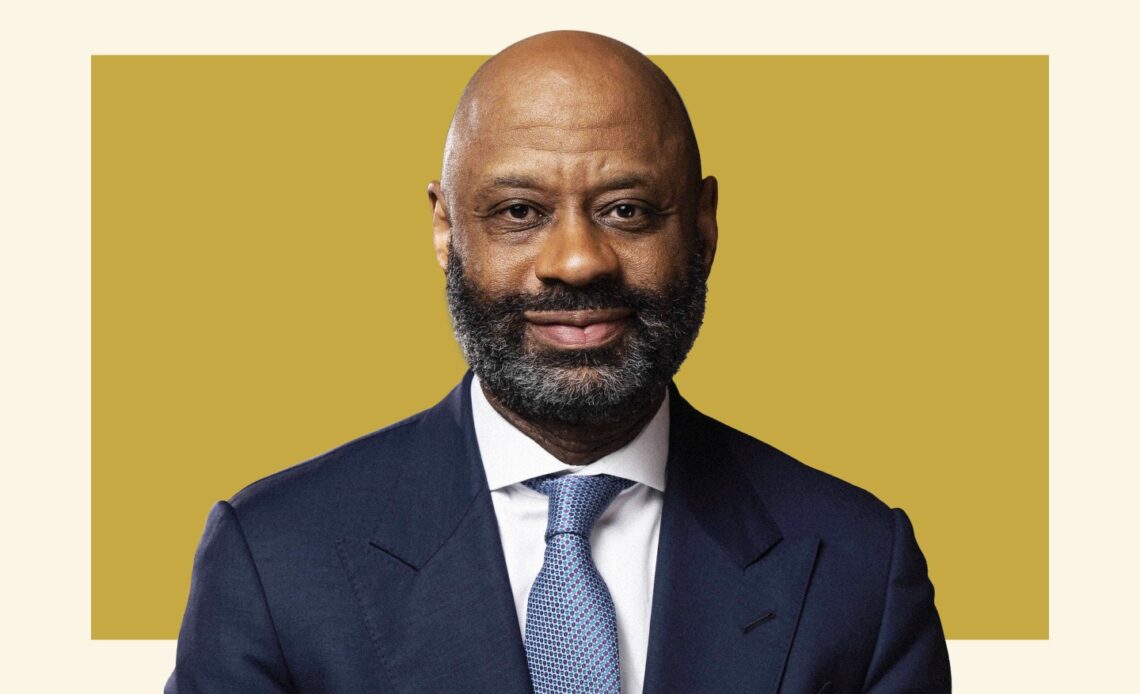When I met with Citigroup CFO Mark Mason at the company’s headquarters in Lower Manhattan, I assumed we would be talking about the regional banking crisis and SVB. But I also ended up learning about how his career was shaped by an earlier crisis.
Regarding SVB and other bank failures, “What we’ve seen over the past couple of weeks in many instances are incidents of either poor management or certainly poor balance sheet management,” Mason told me. A big issue was “the asset-liability mix, or too narrow of a focus on a particular customer or client segment, like venture and technology,” he noted. “When you look at the Globally Systemically Important Banks, the G-SIBs, we certainly have all types of requirements that ensure safety and soundness.”
Citi has a CET1 ratio of 13.4% and a liquidity coverage ratio of 120%, Mason said on April 14 during a media call discussing Citi’s Q1 2023 earnings. For the first quarter, Citi reported $4.6 billion in net income compared to $4.3 billion in the same period last year, beating expectations. Revenues increased 12% from the prior-year period and 6% excluding the divestiture-related impacts.
Courtesy of Citi
Mason, who has been CFO of Citi since 2019, told me that in part due to changes regulators made after 2008, banks are better off. “The sector, by and large, is safer and sounder than it was back then,” he said during our conversation in a conference room on the 39th floor overlooking the Hudson River. But it was during that pivotal year of 2008 that Mason had a career-defining experience while he was the CFO and head of strategy and M&A for Citi’s global wealth management division.
“In the last weeks of 2008, the Citi CFO at the time, Gary Crittenden, called me, and he said, ‘Mark, what are you getting ready to do?’ Mason recalled. “I said, ‘I’m going on vacation like everyone else.’ He said, ‘I need you to stick around. We’re considering a joint venture between Smith Barney and Citi’s Morgan Stanley. I need you to kind of run point on our side representing the business.’”
Mason put together a small team, including the corporate M&A team that now-CEO Jane Fraser was leading at the time, and they worked together through the holidays. “We worked on providing all the business information for that joint venture,” he said. In January 2009, Citi announced a definitive agreement for the joint venture that created a wealth…
Click Here to Read the Full Original Article at Fortune | FORTUNE…


